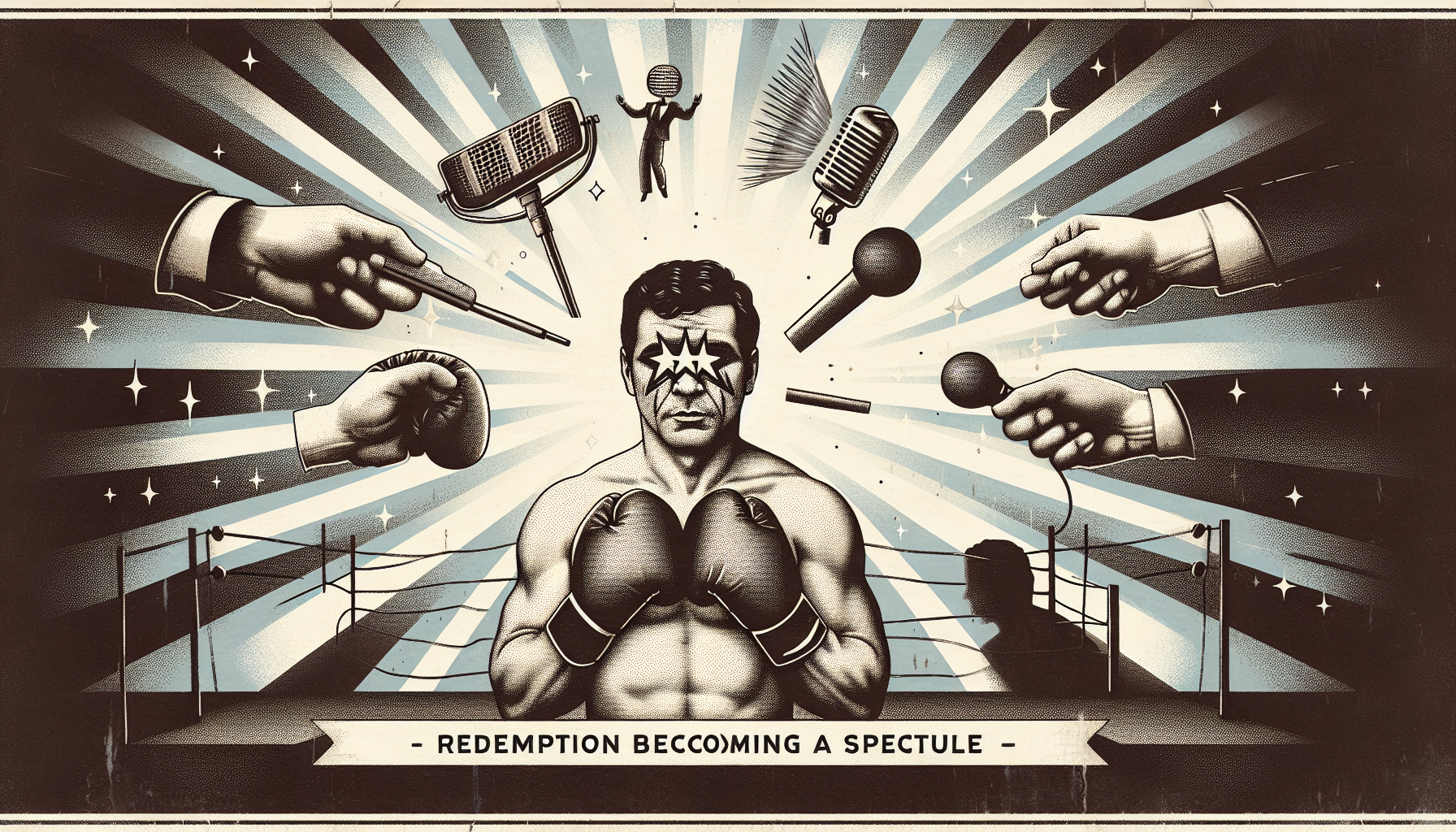Title: Shadows and Silence: Gene Hackman, Domestic Decay, and the Mortality of Myth
Dear readers,
What happens when a legend dies not on the stage or the screen but in stillness—surrounded by the silence of neglect, the scent of decay, and the narrative no one wishes to write?
Let us set the scene—not in the glittering lights of Tinseltown or beneath the golden glow of an Oscar ceremony, but within a shuttered estate in Santa Fe, New Mexico. A grand symbol of Hollywood's bygone splendor had turned into something else entirely. A mausoleum. A crime scene. A cautionary tale.
Gene Hackman, twice an Academy Award winner and long celebrated for roles in The French Connection and Unforgiven, spent his final days in a home overrun by shadows—of rodent infestation, of disease, of isolation. Alongside his wife, Betsy Arakawa, the last act of his life played out in stark contrast to the performances that made him immortal.
🕯 When the Lights Go Out
On February 26, 2025, maintenance workers stumbled upon a scene that could have been ripped from a psychological thriller—but the tragedy was achingly real. The bodies of Gene and Betsy were found in various states of decomposition, nine days after death is thought to have taken them both.
Gene died of hypertensive atherosclerotic cardiovascular disease, compounded by Alzheimer’s. Betsy, a classically trained pianist, succumbed to hantavirus pulmonary syndrome—a rare, rodent-borne illness that ravaged her body from the inside.
Photographs tell the tale most clearly: clutter-laden bathrooms, rodent droppings beneath warped cabinets, hundreds of prescription pill bottles, and live traps scattered like grim footnotes across a once-ordered life.
We talk often about how fame isolates. Here’s what it looks like on the ground—cracked tiles, faded posters, shelved memories collecting dust, guarded only by two loyal dogs.
🐾 Fame Dies Quietly
Hackman's life always trended against Hollywood convention. He was gruff, elusive, and famously anti-celebrity. But even renegades have endings—and this one was tragically poetic. With the release of over 700 images by New Mexico investigators, the public is now witness to details far too raw: mummified limbs, rooms overrun, emails from Betsy detailing flu-like symptoms ignored until it was far too late.
One email, sent just days before her death, showed Betsy reaching out to her massage therapist, mentioning that Gene had taken a COVID test. The result was inconclusive. Their symptoms—a persistent cough, fatigue—could have been anything. But they turned out to be everything.
🧩 A Mirror Cracked
Hackman was no ordinary actor—he was cinema’s embodiment of gravitas. He carried roles like burdens and never apologized for the emotional toll they took on him or his audience. To see his final days reduced to a forensic portfolio is almost unbearable—a sobering reminder that myth does not protect one from mildew, loneliness, or failing health.
Compare this with another tragic fade: country legend Tammy Wynette, who—despite her fame—died surrounded by ill-managed prescriptions and questions about her care. Or perhaps, even more comparably, the death of Whitney Houston in a hotel bathtub, surrounded by chaos that her glamour couldn’t outshine.
These are stories of systemic absence: medical, personal, societal.
How does someone like Gene Hackman, adorned by decades of artistic contribution, die like this?
🚪What We Choose to Ignore
Reality television gleefully commodifies celebrity collapse. News media feasts on the aftermath. But what happens when the story is too quiet to sensationalize, too sad to meme? Investigators' statements, filled with compassion and cold procedure, speak to their attempt to balance truth with dignity.
Sheriff Adan Mendoza said it best: “We’re bound morally and statutorily to transparency… and to compassion.”
And yet, what viewer wouldn't feel the voyeur's guilt flipping through photos that show a bathroom overflowing, a dog cage standing sentinel beside Betsy’s lifeless form? Even the couple’s beloved dogs, Bear and Nikita, had become silent witnesses, protectors of their owners’ final fragility.
📜 The Myth That Was
Let us never forget: Gene Hackman painted beautifully. He once said, “Retirement for me is just another word for doing what I want.” In the solitude of Santa Fe, he lived humbly, authentically—even if the ending was one few would have scripted.
His art—on canvas and celluloid—remains. But the condition of that estate, and the details emerging now, also force us to re-evaluate how we care for our legends and elders. No one—not even a Hollywood titan—is immune to social isolation, cognitive decline, or a deadly respiratory virus carried by a mouse behind a forgotten cabinet.
❓What Are We Really Mourning?
The Hackman tragedy isn’t only about decay or an unnoticed death. It’s about how we handle endings—not just those of individuals, but of eras. When the stars of the golden age flicker out, what reverence do we offer? And what silence do we allow, until the stench demands attention?
This isn’t just the story of a star’s decline. It’s a cultural postmortem. The photographs may be evidence, but they’re also a mirror.
And what we see in them… might just be ourselves.
Yours in reflection,
A Watcher of Ends & Elegies
☁ Stay discerning. Stay human. The lights are always brighter when they dim suddenly.

